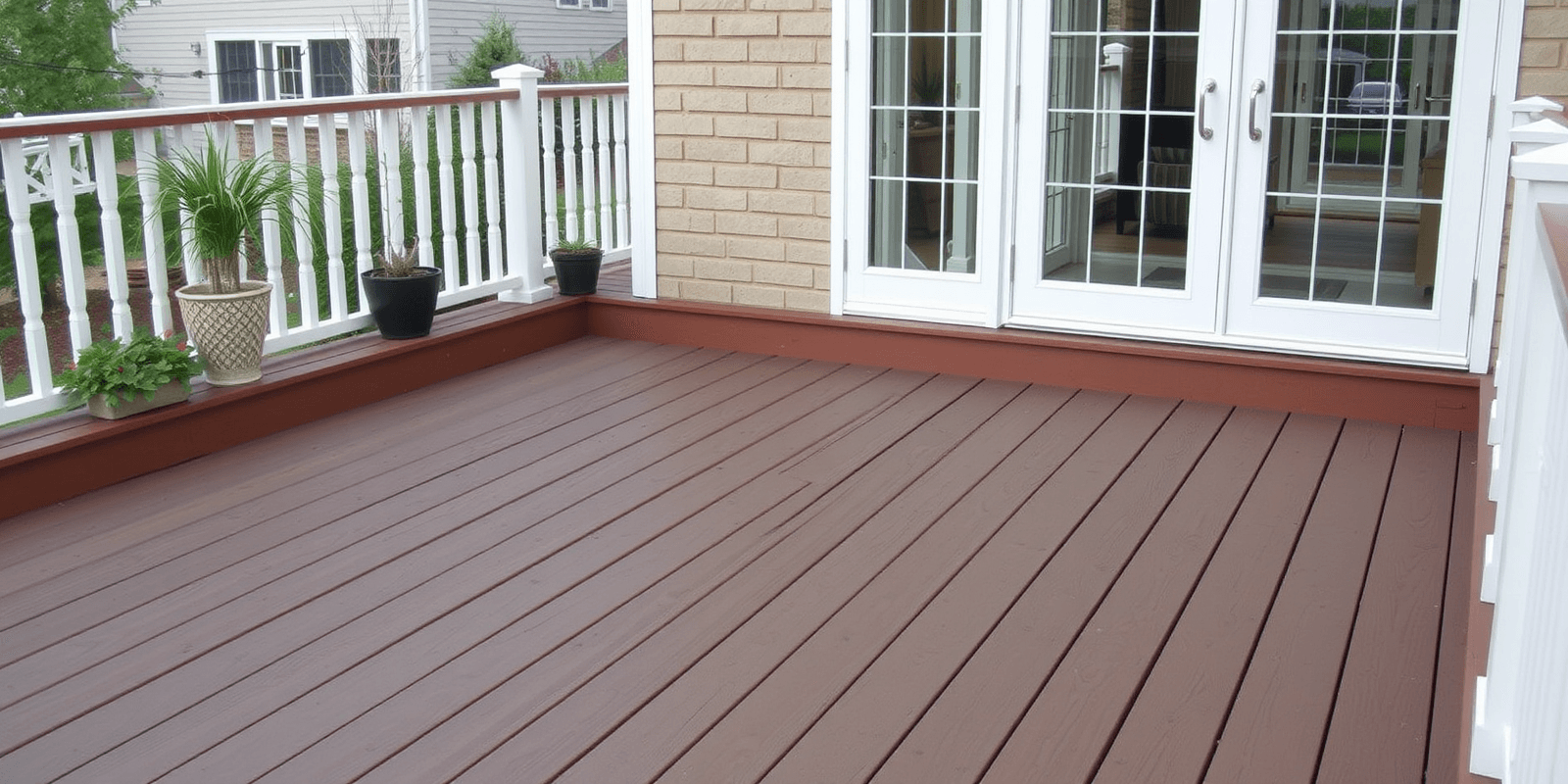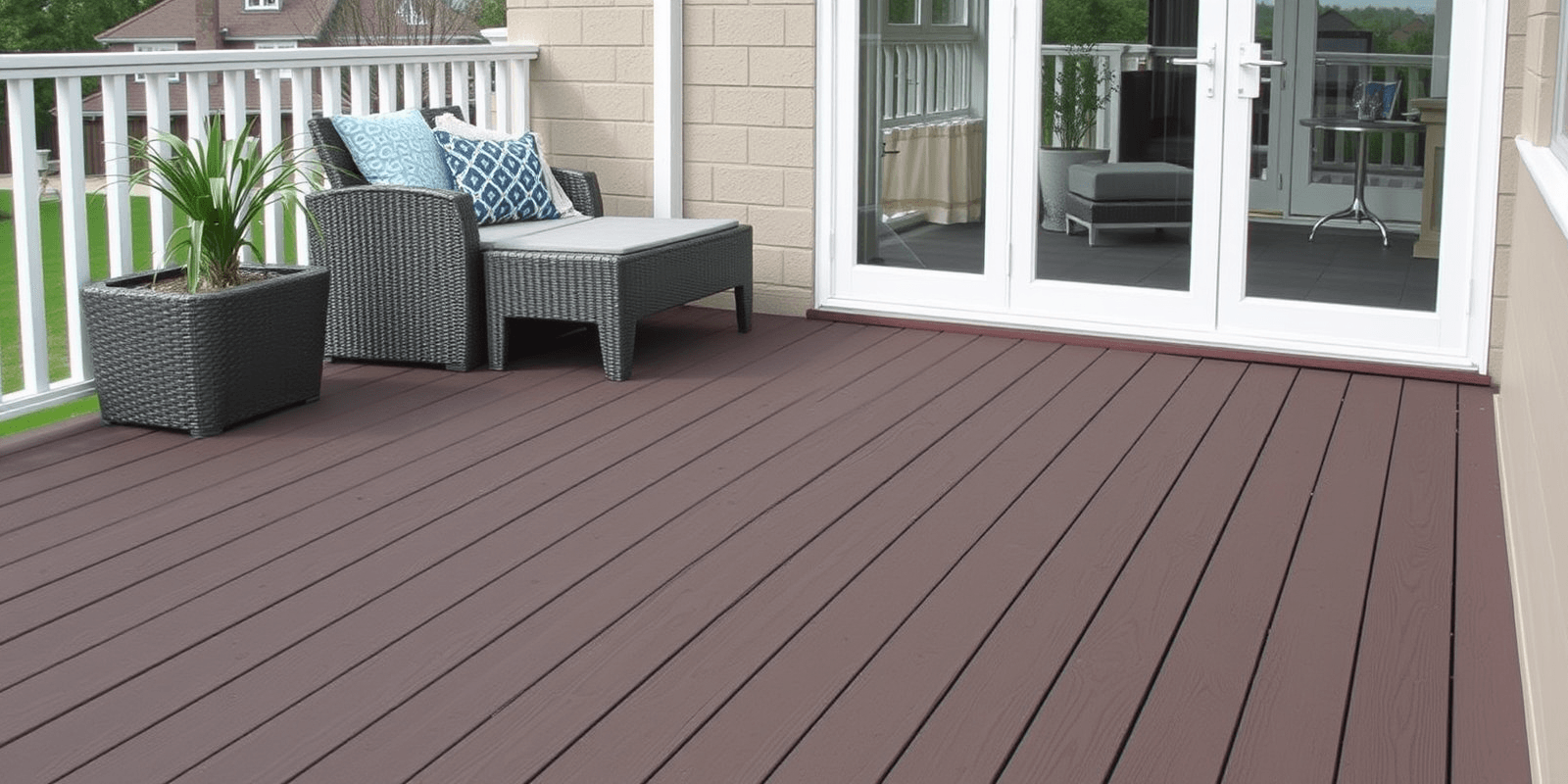Wooden or Composite Decking: Choosing the Right Material for Your Outdoor Space
Introduction
In recent years, more homeowners are looking to expand their living spaces outdoors by building decks. When it comes to selecting the perfect material for your deck, two main options stand out: wooden and composite decking. Both materials have their unique set of advantages and disadvantages. In this article, we will delve into a comprehensive comparison of wooden and composite decking materials, discussing aspects such as cost, durability, maintenance, and appearance. We’ll also provide valuable tips on how to choose the right material based on climate, usage, and personal preferences.
Pros and Cons of Wooden Decking
Cost
Wooden decking is generally less expensive than composite decking. The upfront costs for materials and labor are lower, making it a more budget-friendly option for many homeowners. However, the overall cost can increase over time due to the need for regular maintenance.
Durability
While wood can be durable, it is susceptible to rot, warping, and insect damage. Proper sealing and staining can help extend its lifespan, but these treatments require frequent reapplication. Composite decking, on the other hand, is made from a combination of wood fibers and plastic, which makes it highly resistant to moisture, rot, and insect damage.
Maintenance
Wooden decks require significant maintenance, including regular cleaning, sealing, and staining to protect against weather elements and maintain their appearance. Composite decking, however, requires minimal upkeep. It does not need sealing or staining, and it resists fading and staining better than wood.
Appearance
Wooden decks offer a natural and classic aesthetic that can complement any home’s style. They come in various types, such as pressure-treated pine, cedar, and redwood, each with its own unique color and grain pattern. Composite decking can mimic the look of real wood, but it lacks the same natural charm and warmth.
Pros and Cons of Composite Decking
Cost
Composite decking is typically more expensive than wooden decking, both in terms of materials and labor. However, the long-term savings on maintenance can make up for the higher initial investment.
Durability
Composite decking is highly durable and resistant to moisture, rot, and insect damage. It can withstand harsh weather conditions and requires minimal upkeep. However, some composite materials may fade over time, especially if exposed to prolonged sunlight.
Maintenance
Composite decking requires very little maintenance. It does not need sealing or staining, and it resists fading and staining better than wood. However, it may accumulate dirt and debris, which can be easily cleaned with soap and water.
Appearance
Composite decking can mimic the look of real wood, offering a variety of colors and textures. While it lacks the natural charm of wood, it provides a low-maintenance alternative that can last for decades.
Tips for Choosing the Right Material
When deciding between wooden and composite decking, consider the following factors:
- Climate: If you live in a humid or rainy area, composite decking might be a better choice due to its resistance to moisture and rot. In dry climates, wooden decking could be a more cost-effective option.
- Usage: If you plan to use your deck frequently and for heavy activities like grilling or entertaining, composite decking’s durability and low maintenance requirements might be preferable. For less intensive use, wooden decking can be a more affordable option.
- Personal Preferences: Consider the aesthetics and desired look of your deck. Wooden decking offers a natural, warm appearance, while composite decking provides a modern, low-maintenance alternative.
Conclusion
Both wooden and composite decking materials have their own set of benefits and drawbacks. Wooden decking is more budget-friendly but requires regular maintenance, while composite decking is more expensive but offers low-maintenance durability. By considering factors such as climate, usage, and personal preferences, you can make an informed decision about which material is best suited for your outdoor space.



